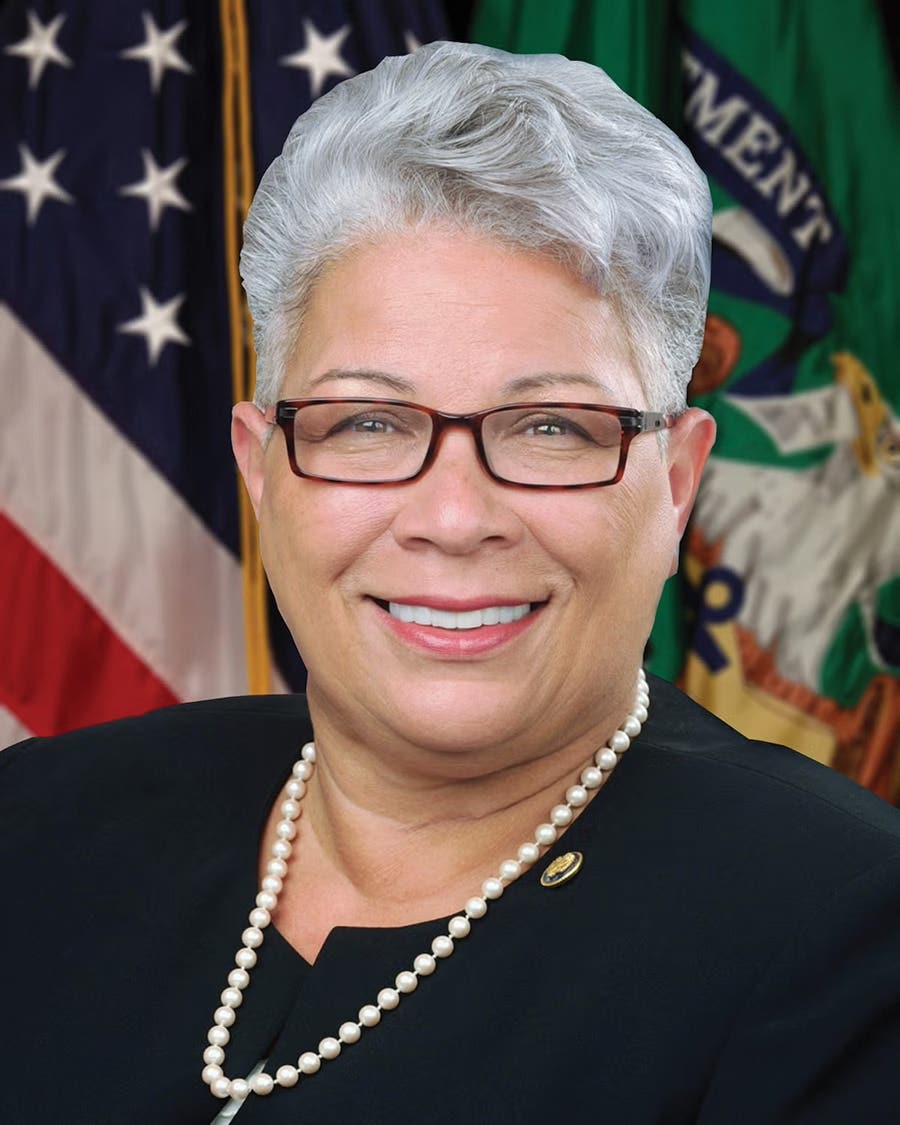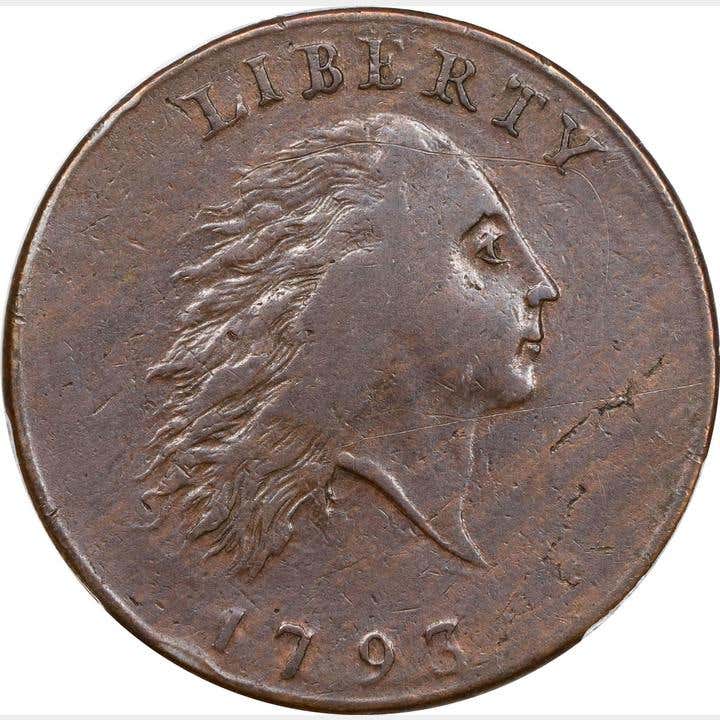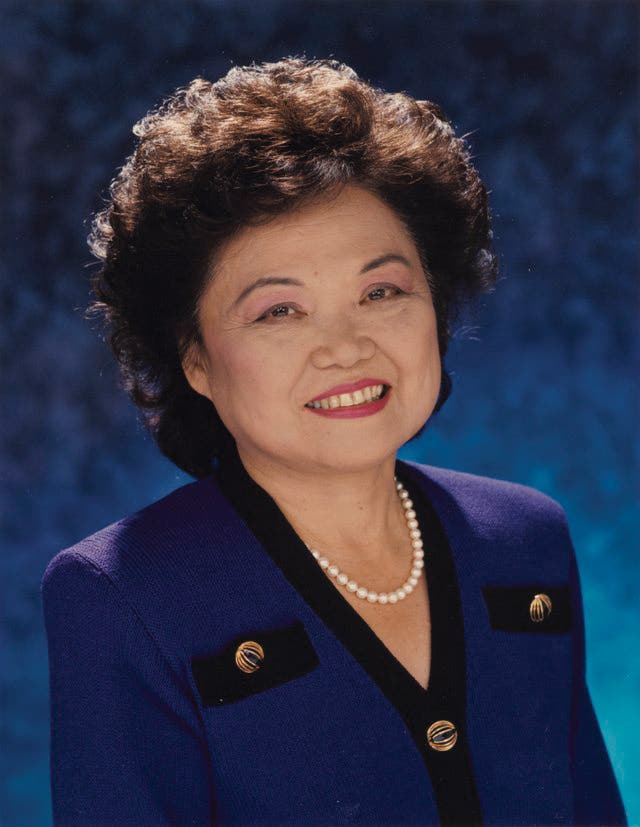Tuskegee Airmen Honored on Final ATB Quarter
In addition to marking the time and place of pivotal events in the fight for equality, the quarter honoring the Tuskegee Airmen National Historic Site has the unique distinctions of…
In addition to marking the time and place of pivotal events in the fight for equality, the quarter honoring the Tuskegee Airmen National Historic Site has the unique distinctions of being the 56th and final issue in the U.S. Mint’s America the Beautiful series as well as the only ATB quarter released in 2021. It was released Jan. 4.
History of the Tuskegee Airmen
Immediately following World War I, the United States military began investing in aviation education for civilians. Laws of segregation in the United States excluded African Americans from enrolling in Civilian Pilot Training Programs (CPTP). Litigation brought forward by the NAACP, on behalf of Howard University student Yancey Williams, resulted in African Americans being permitted to train as military pilots. In 1939, six historically black colleges and universities were selected to begin CPTP training. The highest performing program was at Alabama’s famed Tuskegee Institute, founded in 1881 by Booker T. Washington.
Because of the excellence of Tuskegee’s CPTP and influence of flight instructor Charles “Chief” Anderson and First Lady Eleanor Roosevelt, the institute was selected in 1941 to host the first African American training facility for an Army Air Corp unit. It became the nucleus for several fighter squadrons, technical units and bombardment units associated with the Tuskegee Airmen.
Flying in the Mediterranean theater of operations during World War II, the Tuskegee Airmen completed 15,000 sorties in approximately 1,500 missions, destroyed more than 260 enemy aircraft, sank one enemy destroyer and demolished numerous enemy installations. The Airmen were awarded several high honors, and their achievements proved conclusively that the Tuskegee Airmen were highly disciplined and capable fighters, earning the respect of fellow bomber crews and military leaders.
Established in 1998, the Tuskegee Airmen National Historic Site commemorates the heroic actions and achievements of the famous Tuskegee Airmen. The site preserves five historic structures used during primary flight training in World War II. They are Moton Field, Hangar I, the bath and locker building, the All Ranks Club (also known as the Skyway Club) and Hangar II.
The term “Tuskegee Airmen” pertains to both men and women of diverse nationalities. They were composed of nearly 1,000 pilots and more than 15,000 support staff (including navigators, bombardiers and mechanics).
The Quarter
“It is fitting that such a significant historic site will complete this successful coin program,” said Mint Director David J. Ryder. “The Mint is proud to honor the men and women who overcame segregation and prejudice to become one of the most highly respected fighter groups of World War II.”
The coin’s reverse design depicts a Tuskegee Airman pilot suiting up to join the fight during World War II with the Moton Field control tower in the background. The pilot looks upward with pride and confidence as two P-51 Mustangs pass overhead.
The inscription “THEY FOUGHT TWO WARS” is arced across the top as a reference to the dual battles the Tuskegee Airmen fought – fascism abroad and racial discrimination at home. Other inscriptions are “TUSKEGEE AIRMEN,” “ALABAMA,” “2021” and “E PLURIBUS UNUM.”
The design was created by Chris Costello, U.S. Mint Artistic Infusion Program designer and sculpted by Phebe Hemphill, U.S. Mint medallic artist.
The coin’s obverse, common to all quarter in the ATB series, depicts the 1932 portrait of George Washington by John Flanagan, which has been restored to bring out subtle details and the beauty of the original model.
ATB Chapter Closes
The Mint launched the America the Beautiful Quarters Program in 2010 as authorized by Public Law 110-456, the America’s Beautiful National Parks Quarter Dollar Coin Act of 2008. The Act called for the Mint to issue 56 quarter-dollar coins with reverse designs depicting national parks and other national sites in each state or territory and the District of Columbia. The coins were issued in the order in which the featured site was first established as a national park or site.






